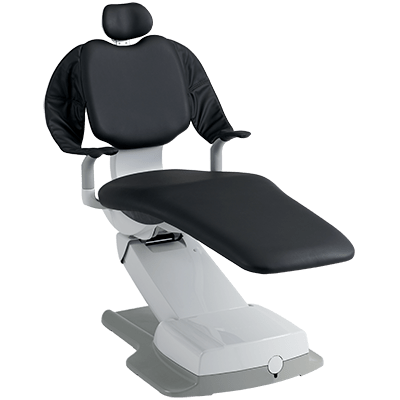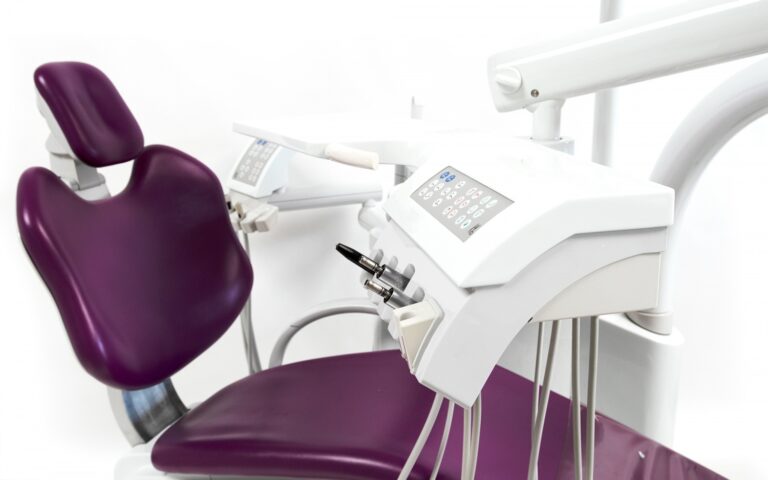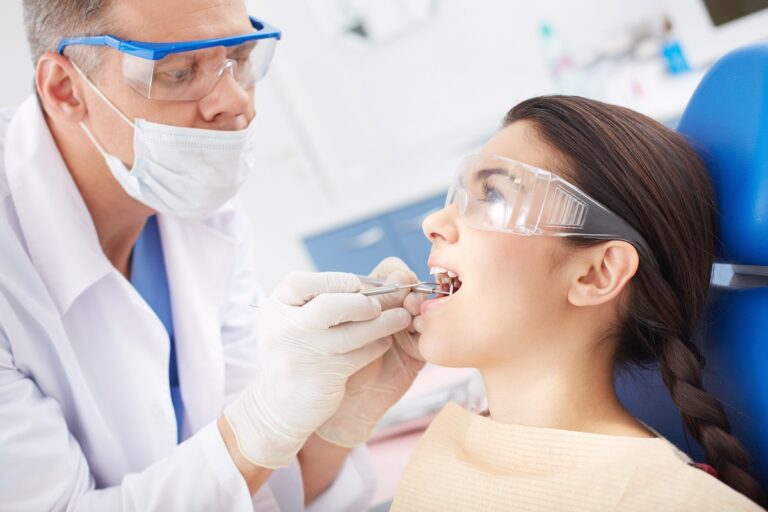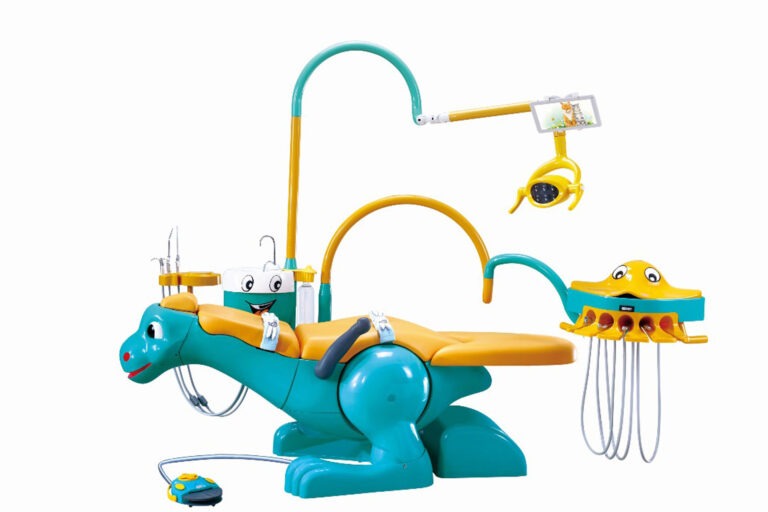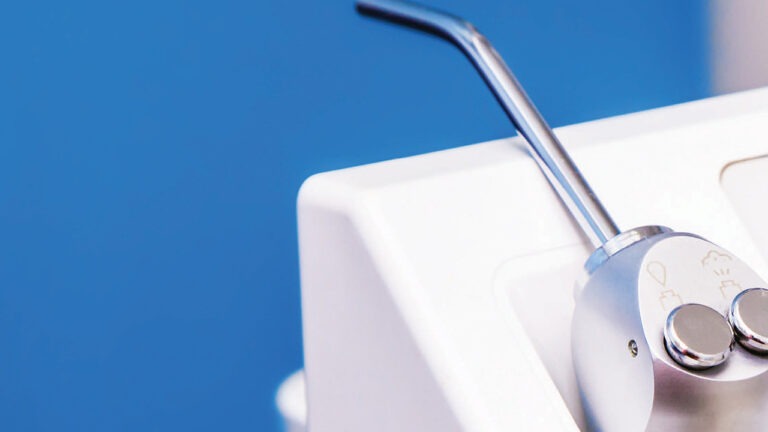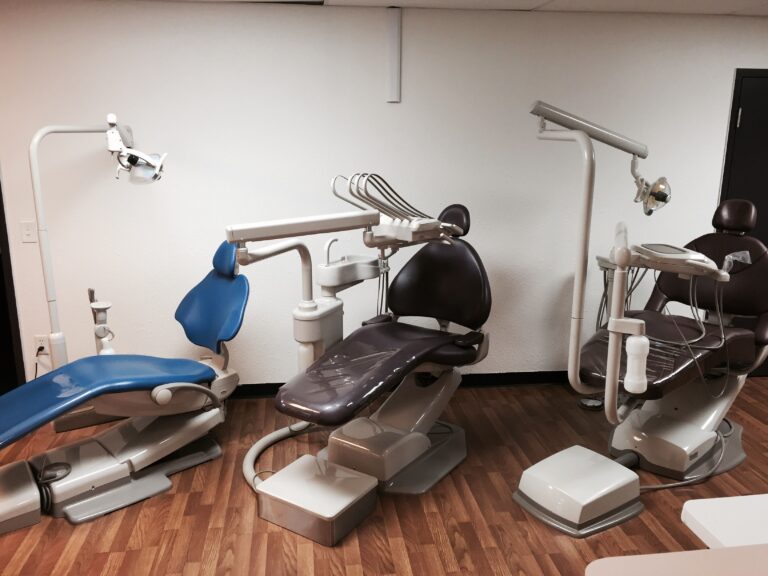The dental chair is the centerpiece of any modern dental operatory, playing a pivotal role in ensuring patient comfort and enabling efficient treatment delivery. In 2024, dental chairs have evolved into sophisticated systems that seamlessly integrate various components to enhance the overall dental experience. Let’s explore the eight essential elements that make up the anatomy of a cutting-edge dental chair.
1. The Foundation: Chair Base and Lift System
The foundation of any dental chair is its sturdy base, which houses the lift system responsible for precise height adjustments. Contemporary dental chairs often feature electromechanical or hydraulic lift systems that allow smooth, quiet, and effortless positioning of the chair. This ensures optimal ergonomics for the dental team and facilitates easy patient entry and exit, promoting a comfortable and stress-free experience from the outset.
The chair base is designed to be stable and durable, capable of supporting the weight of the patient and withstanding the rigors of daily use. Many modern bases incorporate a small footprint, allowing for efficient use of space within the operatory while still providing ample legroom for the practitioner.
2. Cradling Comfort: Seat, Backrest, and Headrest
Patient comfort is a top priority, and the seat, backrest, and headrest play a vital role in achieving this. Contemporary dental chairs incorporate high-quality, contoured upholstery and memory foam cushioning to provide superior support and alleviate pressure points, ensuring patients remain relaxed and comfortable throughout even the most extended procedures.
The backrest is often adjustable, allowing for precise positioning to accommodate patients of varying heights and body types. This feature also enables the dental team to achieve optimal access to the oral cavity, facilitating efficient treatment delivery.
The headrest is fully adjustable, enabling precise positioning for optimal access to the oral cavity while ensuring neck support and minimizing strain. Many modern headrests feature double-articulating designs, allowing for both height and angle adjustments to accommodate various treatment positions and patient preferences.
3. Supporting Role: Armrests and Footrest
Armrests offer stability and a comfortable resting position for the patient’s arms, reducing tension and fatigue during extended procedures. Many modern chairs feature adjustable or removable armrests for easy patient entry and exit, further enhancing accessibility and convenience.
The footrest, often overlooked, plays a crucial role in supporting the patient’s legs and feet, promoting proper circulation and enhancing overall comfort. Adjustable footrests allow for customized positioning, accommodating patients of different heights and ensuring their legs are supported at the optimal angle.
4. Command Central: Delivery System and Instrument Tray
The delivery system is the dentist’s command center, housing a range of instruments such as handpieces, suction devices, air/water syringes, and curing lights. Strategically positioned on the chair or a nearby cart, the delivery system ensures all necessary tools are within easy reach, streamlining the treatment process and minimizing disruptions.
The integrated instrument tray provides a convenient surface for organizing and accessing instruments during procedures. Many modern trays feature built-in lighting and a smooth, easy-to-clean surface, promoting efficient workflow and maintaining a hygienic environment.
5. Illuminating the Way: Operating Light and Monitor
Proper illumination is crucial for dental procedures, and modern dental chairs integrate advanced operating lights that provide bright, focused illumination on the oral cavity. These lights often feature adjustable intensity and color temperature settings, allowing practitioners to customize the lighting conditions for optimal visibility and reduced eye strain.
Many chairs also feature integrated monitors for seamless viewing of digital x-rays, intraoral camera images, and patient records, streamlining the treatment process and enhancing communication with patients. These monitors are strategically positioned for easy viewing by both the practitioner and the patient, facilitating better understanding and engagement during consultations and procedures.
6. Ergonomic Efficiency: Foot Controls and Assistant’s Instrumentation
Ergonomically designed foot controls allow the dentist to adjust the chair’s position, activate instruments, and control other functions hands-free, reducing strain and improving efficiency. These controls are typically positioned for easy access and intuitive operation, minimizing the need for awkward movements or postures.
On the assistant’s side, additional instrumentation such as suction devices and air/water syringes facilitate a seamless four-handed workflow. These instruments are strategically placed for optimal accessibility, enabling the dental assistant to provide efficient support throughout the procedure.
7. Integrated Technology and Future Innovations
The latest dental chairs incorporate cutting-edge technology to enhance treatment delivery and patient education. Features like intraoral cameras, digital impression scanners, and virtual reality systems provide real-time visuals and immersive experiences, improving communication and understanding between practitioners and patients.
Additionally, touchscreen controls and voice-activated commands offer intuitive operation, allowing practitioners to seamlessly navigate chair functions and access patient records without breaking their workflow. Some chairs even integrate advanced features like built-in massagers or heat and vibration therapy, further enhancing patient comfort and relaxation.
As technology continues to evolve, we can expect to see even more innovative features integrated into dental chairs, such as advanced biometric monitoring systems, augmented reality displays, and seamless integration with electronic health records.
8. Infection Control and Maintenance
Maintaining a hygienic environment is paramount in dental settings. Modern dental chairs feature smooth, seamless surfaces and antimicrobial upholstery that facilitate thorough cleaning and disinfection, minimizing the risk of cross-contamination.
Removable components, such as instrument trays and suction hoses, can be autoclaved for sterilization, further enhancing infection control measures. Regular maintenance and servicing are essential to ensure the longevity and optimal performance of dental chairs, with many manufacturers offering comprehensive maintenance programs and training for dental professionals.

